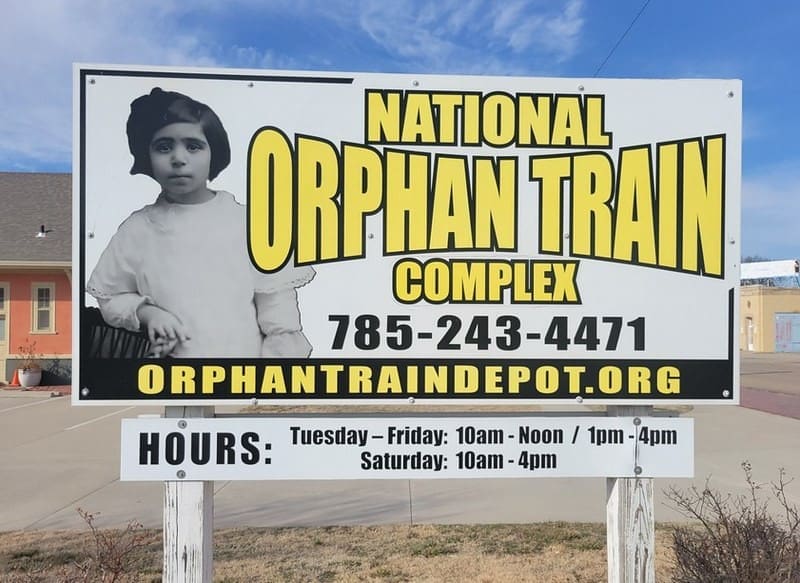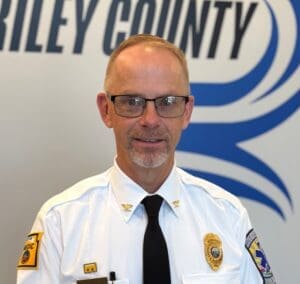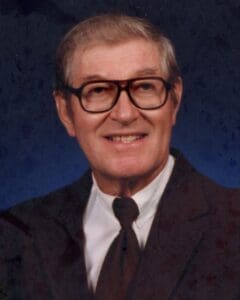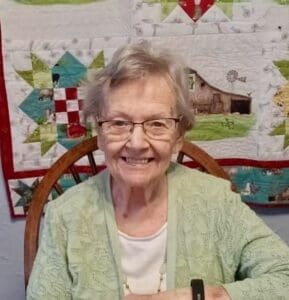By Ron Wilson, director of the Huck Boyd National Institute for Rural Development at Kansas State University
School must be out. There are children all over town. Some are reading, some are talking, some are playing.
But these children aren’t actual schoolkids. They are statues of young boys and girls doing those things. These statues help share the remarkable story of orphans who came west more than a century ago.
Last week we learned about the National Orphan Train Complex in Concordia. The complex is led by a board of directors, including president Susan Sutton, vice president Gregg Markway, secretary Joan Fraser, and treasurer Wonda Phillips. Heather Bigwood is a former curator.
The complex shares the touching stories of abandoned, homeless children in the big cities of the east who were taken by train to the west and placed with new families during the period from 1854 to 1929. These expeditions were called orphan trains. Some of the conditions from which the children came were terrible.
One museum exhibit describes the setting in this quote from the 1890s: “The foundlings come in rags, a newspaper often the only wrap, semi-occasionally one in a clean slip with some evidence of loving care; a little slip of paper pinned on, perhaps, with some message as this, in a woman’s trembling hand: ‘Take care of Johnny, for God’s sake. I cannot.’ But even that is the rarest of all happenings.”
Imagine the heartbreak of abandoning one’s child in desperation. In the 1850s, New York charities sought to find new, safe, loving homes for these children in the west. Western families could apply to take in these orphans and were screened for their suitability. Agents for the placement agencies traveled west with the children by train and made sure they were placed with families appropriately.
After this history was shared by a speaker at Cloud County Community College, community interest was so great that Concordia ultimately became home to the National Orphan Train Complex. The museum opened in 2007 and has expanded since then.
One addition was an actual passenger train car, which was slated to be demolished in Marion but was rescued and moved to the museum. The train car was owned by a former orphan train rider.
After being abandoned, the train car had been used in various ways, most recently as a chicken house. “When the train car was moved to the museum on a truck, chicken feathers blew out of it the whole way,” Bigwood said. Once it was restored and placed at the complex, a building was constructed around it.
Now visitors to the museum can walk through the passenger car and learn about what the travel would have been like for those orphans.
When the visitor’s center was added, seven statues of children were placed near the entrance. This inspired many more such statues to be placed around the community.
Each statue is accompanied by a plaque telling the history and biography of an actual, orphan train rider. Their origins are heart wrenching, but their lives afterwards are often inspiring.
The statues and plaques are sponsored by descendants, community members, or by those businesses near where the statue is placed.
The collection now includes more than 50 statues throughout Concordia. One is even placed in the nearby rural community of Jamestown, population 237 people. Now, that’s rural.
The rider’s stories are inspiring.
“The orphan train riders were survivors,” Bigwood said. “These children had such difficult childhoods, but they survived through their inner strength. It gives us hope that we can survive our challenges too.”.
These touching stories have attracted international attention. In 2024, the National Orphan Train Complex recorded visitors from 46 of the 50 states and 11 countries, literally from Azerbaijan to Slovakia. For more information, go to www.orphantraindepot.org.
Whether or not school is out, these statues of children can be found all over town in Concordia. They stand permanently to share the remarkable stories of these brave children and the efforts to find them new homes.
We salute all those involved with the National Orphan Train Complex for making a difference by honoring this history. In Concordia, the stories of these orphans live on.













